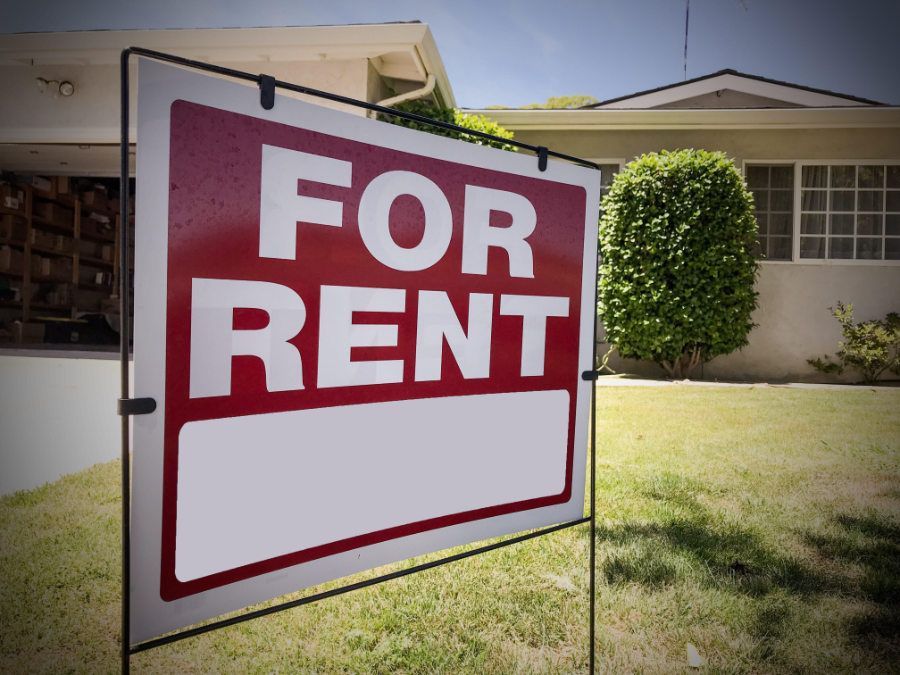Evaluating Proposals and Checking References When Working with Contractors for Your Long Beach Rental
Dustin Edwards • October 16, 2020
Taking a few Key Steps Can Help Save You Frustration

The reality is that at some point your rental property is going to need work where the cost is more significant meaning a repair and/or upgrade that is going to cost north of $5,000. In the scenarios you will inevitably enlist a licensed contractor in a specific trade (i.e. Electric, Roofing, etc.). To help ensure that your property and future tenants are well taken care of we invite you to consider two key aspects in these repair situations: proposals and checking references.
Evaluating Proposals for Your Long Beach Rental
For larger jobs on a property, those over a few thousand dollars, we recommend that you get at least 3 proposals. Think of major items on a property such as a roof or a re-piping job where the work can easily be in the thousands.
While the gut reaction might be to go with the “lowest bid” we encourage you to take the time to truly evaluate each proposal to ensure you are getting value. A couple of items to consider as you evaluate the proposals:
- Have they identified the materials they plan on using? - For example in a re-piping job have they identified copper or are they proposing PEX? On a roofing job what have they identified for the roofing underlayment (felt paper or possibly Tyvek)? Each option will have cost implications and also benefits for your property.
- What is the lifespan of the materials that are being proposed? - When you are evaluating the materials on a proposal take time to look at the differences as many materials can come with different lifespans. For example roofing material lifespans can range from 20 years to upwards of 50 years depending on the material. Generally speaking the longer the lifespan the more expensive. It can be worth investing a little extra up front for a longer lifespan. Labor is usually a large component in the total price of a large home improvement project as a result of the skill required, liability, and insurance requirements for professionals.
Checking References of Contractors
Checking references is one of the most often skipped steps when evaluating contractors for larger jobs. Looking at reviews online is great and it can give you a good idea of what it is like to work with the contractor, but taking the time to call on references can be invaluable. We find that most people don’t check on references because they aren’t sure what questions to ask. When you take the step to check on references we invite you to consider asking a few key questions such as:
- Did you find any incident or aspect frustrating? - Here listen for items where the proposal could have differed from the actual work. How did the problem get resolved?
- Was there anything that surprised you? - Did the job go over the expected time or cost? If so, dig in to find out why and see if it was something that could have been anticipated or just an unlucky moment.
- What is the top reason you are happy to give them a reference? - Usually references are the top clients, finding out why (cost, efficient timing, great interaction, etc.) can help you to see who is the best for your personality.
You certainly can ask more, but we find that a few questions will help you to get a better understanding of the working relationship. More importantly you will want to ask these questions across at least 3 references as that allows you to truly find out if the experience is consistent.
At Beach Cities Property Management we have done the evaluations of hundreds of vendors over the years to develop a list of professional and competitive contractors for any given scenario of a property. When you would like to find out more about how we engage contractors and evaluate proposals for our property owners we invite you to request our Free Rental Analysis
to see how we can help.





